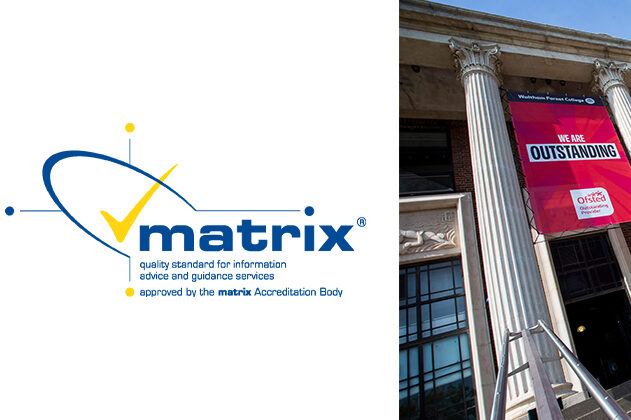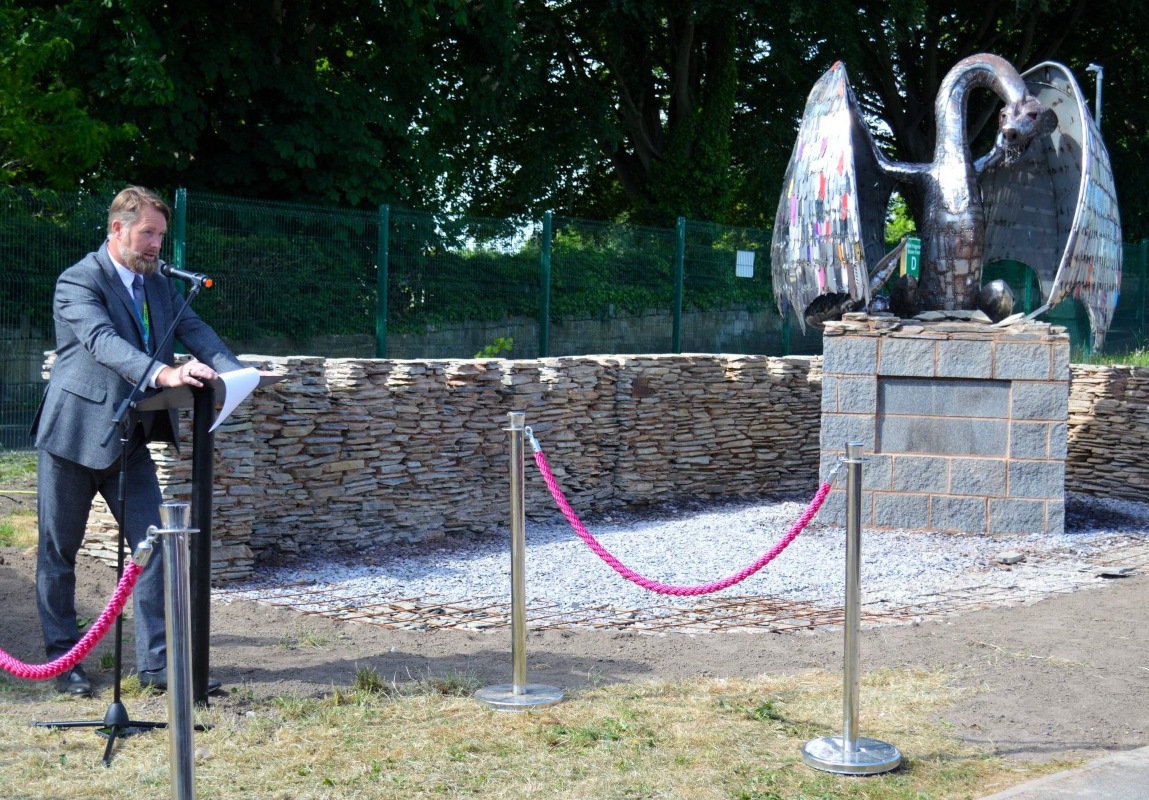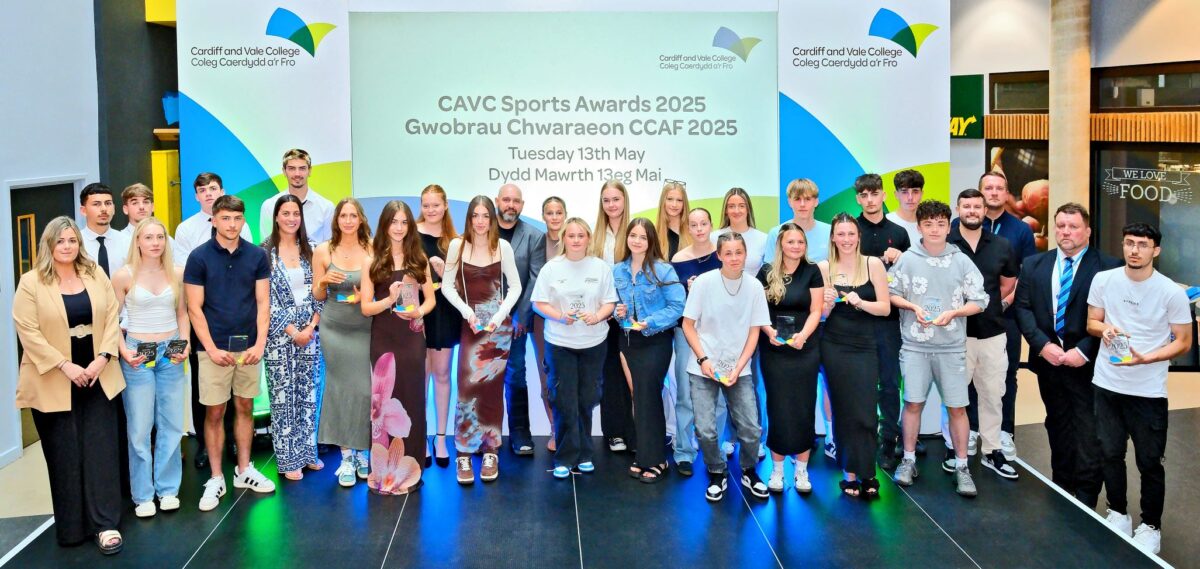Metaphysical Animals: How four women brought philosophy back to life

The authors (1) heavily indexed, four-hundred-page paperback delivers, as promised on the book’s closing cover, a ‘vivid portrait’ of talented Oxford undergraduates during the 1940s and 1950s, when slacks were ‘forbidden attire’ for women according to university statute.
Elizabeth Anscombe tended to overlook this rule, and, along with the book’s other three female protagonists (Philippa Foot, Mary Midgley, and Iris Murdoch) also participated in an academic campaign of Idealist Metaphysicians v Realists, the former’s ‘unifying vision’ relying on art, history, poetry, and religion, while Realists saw the job of philosophy as discovering and describing, part by part, a wholly independent reality by observation rather than speculation – similar to the manner of science.
I think this means measuring the annual growth of a Scots pine is quite dissimilar from Alan walking through the forest to join family Christmas Eve. The measurement could in principle be done by machine; but to date any modern device could not appreciate the potential highs (carol singing, church, mistletoe) and lows (hangovers, being stranded by snow, mistletoe) of Yuletide.
The challenge of appreciating descriptions of ‘reality’ popped up while reading the book’s prologue (May, 1956) and Chapter 1 (Somerville College). In 1956, Miss Anscombe rises to speak at a lectern in the medieval courtroom of Convocation House: ‘I am determined to oppose the proposal to give Mr. Truman an honorary degree here at Oxford’.
Despite the huge number of lives saved by America’s action against Hiroshima and Nagasaki, she strongly opposed sharing in ‘the guilt of a bad action’ by praise and flattery. The motion was put to house in Latin and required the response Non Placet to generate a formal vote. But given the scant verbal description of the issue traditional war or nuclear bombing, would attendees’ personal knowledge of military strategy and Harry Truman’s administrative accomplishments have been sufficient to encourage their vote? Could Metaphysics or its key ideas have assisted Truman in preparation for his acceptance speech at Oxford?
In Chapter 1 On Probation, Elizabeth Anscombe, another scholarship winner, arrives at St Hugh’s College holding prizes in Greek, Literature and Essays from her feeder school, and quickly receives applause for her strengths in ‘logic and humour’.
A wry smile by Liz seems important, given the period’s hints towards chauvinism. One of her early themes is ‘every event must have a cause’ but such an all-embracing statement catches so many possibilities: natural cause when a leaf falls from its tree, an accidental cause when John forgets his calculator, evolutionary cause as when Jill’s great-grandfather survived a famous sea battle, hence she is here today, mechanical cause – the kettle’s boiling, etc.
Perhaps Metaphysics should have encouraged a subject dictionary. She later marries lecturer Peter Geach, like her, a Wittgenstein reader. A distraction from academia is her voluntary weeks spent with a political campaign being run in the Socialist League’s HQ; and it’s possible, particularly before the dark Nazi clouds across the Europe turned to storm, she relaxed listening to decade’s popular entertainers such as Duke Ellington and Bessie Smith.
Learning in Wartime, Chapter 2 reveals an Oxford of fewer male residents, a 20mph speed limit, reshuffles of accommodation to welcome nurses et al, research directed to the war effort by assisting in the collection of data for a secret intelligence agency, and Mary investigating the workings of Fifth Columnists through her detailed reading of recent issues of The Times.
In an era when upper-class women were encouraged to assist their matrimonial prospects by not broadcasting their intelligence on important current affairs, able newcomer and horse rider Philippa Bosenquet leaps from her childhood wasted in dementing conversations about the royal family into the saddle of Summerville’s demanding lecture programme, viz. Principles of Economics, Political History 1871-1914, and Statistical Methods.
Decades before double glazing, hardy undergrads studying in January 1940 encountered the coldest winter since 1895, hapless birds grounded by the weight of ice in their wings. Work begins on a book discussing the nature of metaphysical thinking, though its title doesn’t stress a sense of philosophy in constructive action by ending its title with, say, the phrase ‘in the service of mankind’. Given that my ending gets a little nearer each month, I rushed Metaphysical Animals’ remaining chapters.
Where readers may be a little disappointed is the text’s handling of philosophy, not the most straightforward of subjects, partly because there’s so much material which might be read, and also because – the Oxford English suggests – it studies is the fundamental nature of knowledge, reality, and existence. Here, the noun can also point to a set of theories by a particular philosopher, plus the study of the theoretical basis of a branch of knowledge or experience! This admittedly brief OE exposition nudges a cautious reader towards issues.
Do I need at least biology at A level to appreciate the subject’s fundamental nature? Are there any contemporary authors whose theories are best avoided, or do most writers in the field look equally plausible? Do these potential issues become foggier outside physics in the social arena of, say, history or education, where our experience is astonishingly limited, and any pattern of events occasionally bamboozling? For instance, discussing arguments around grammar schools (The Critic, March 2023), Chris Snowdon notes ‘there is plenty of evidence from the social sciences for opponents of grammar schools to cite in their favour.
For every claim in support of selection by ability there is at least one study from an educational think tank to rebut it.’ And hands up any hard-pressed tutor seeking sanity through an elusive work-life balance if they have time to read ‘the evidence’.
Given complexity in our social dealings, any philosophical theme or book should be presented in a lucid manner to help readers apply its general theory to their chosen branch of knowledge, whether first-year material in a business diploma or (potentially more exciting!) topics like PGCE tutor-student relations at Hartlepool College of Commercial Art. Almost as much a household name as Bertrand Russell, Ludwig Wittgenstein’s tumultuous career path overlapped the work of Anscombe et al.
But even if aficionados provide ‘the basics’, they should be more than whizzy nouns and signposts to favourite chapters, rather, abstract phrases which assists making sense of an ongoing milieu, just as the tutors of Mary Midgley and her associate students no doubt helped them grasp the nature of their chosen subjects. However, since recommended readings are typically absent in the real world, and our non-academic tutors not always employed to coach our thinking, the sense-making would have to proceed in ways which were self-correcting for a lay participative audience.
For Wittgenstein, Mount Everest was the name of a mountain, and so certain uses of the name are excluded; we’re also told the name has a logical form (internal or character). But where is the logical form, internal or otherwise? Yes, Mount Everest cannot weep over mankind’s failings, neither is it likely erupt in some huge destructive disaster, but these uses are not contained within the abstract symbols Mount Everest. What is the logic of a modern CNClathe?
A sales rep might confidently reply that his firm’s lathes can load, cut off, thread, chamfer, bore and unload in one quick and easy cycle, though they cannot handle outside diameters greater than ten inches. A few paper-and-pencil sketches might be shared to assist us, but the phrase modernCNC lathe does not necessarily support newcomers understanding. Do Wittgenstein’s principles also help Metaphysicians and others grasp this miniscule of industrial practice? They might, but examples are required to establish readers’ confidence that they do.
By Neil Richardson
1 Clare M. Cumhaill & Rachael Wiseman VINTAGE 2023











Responses